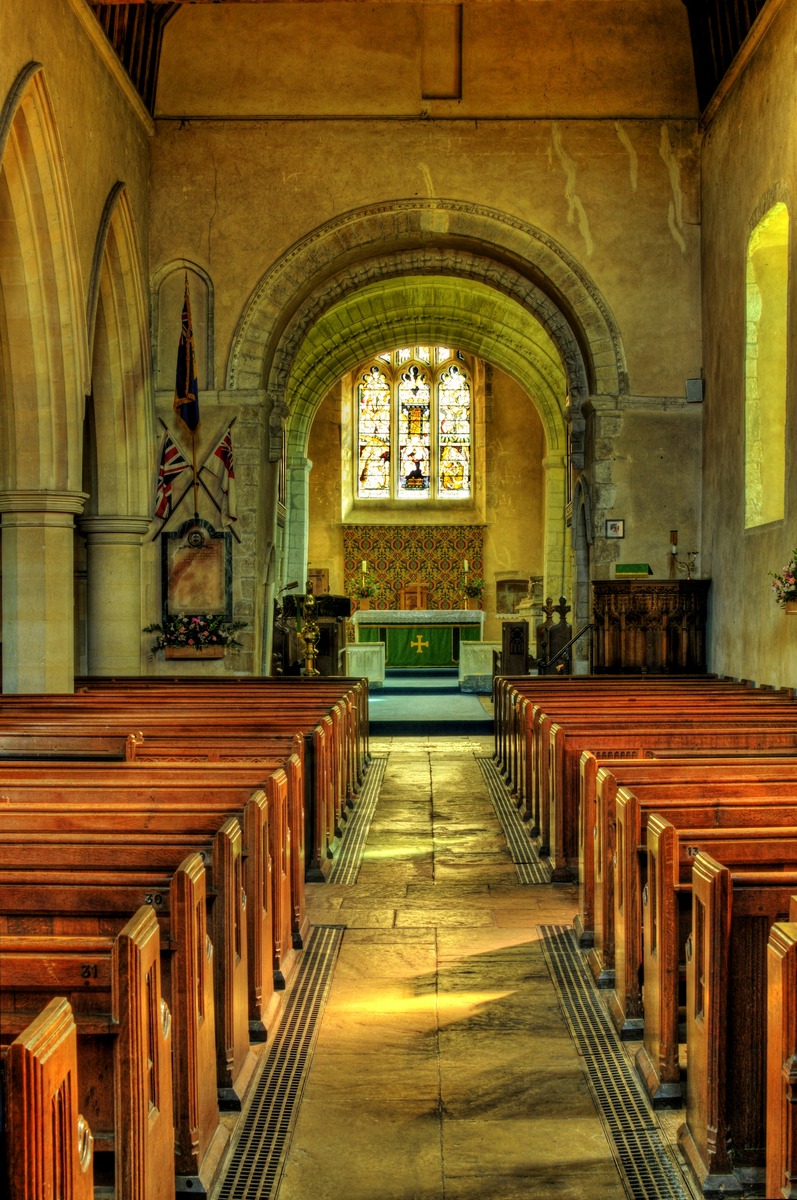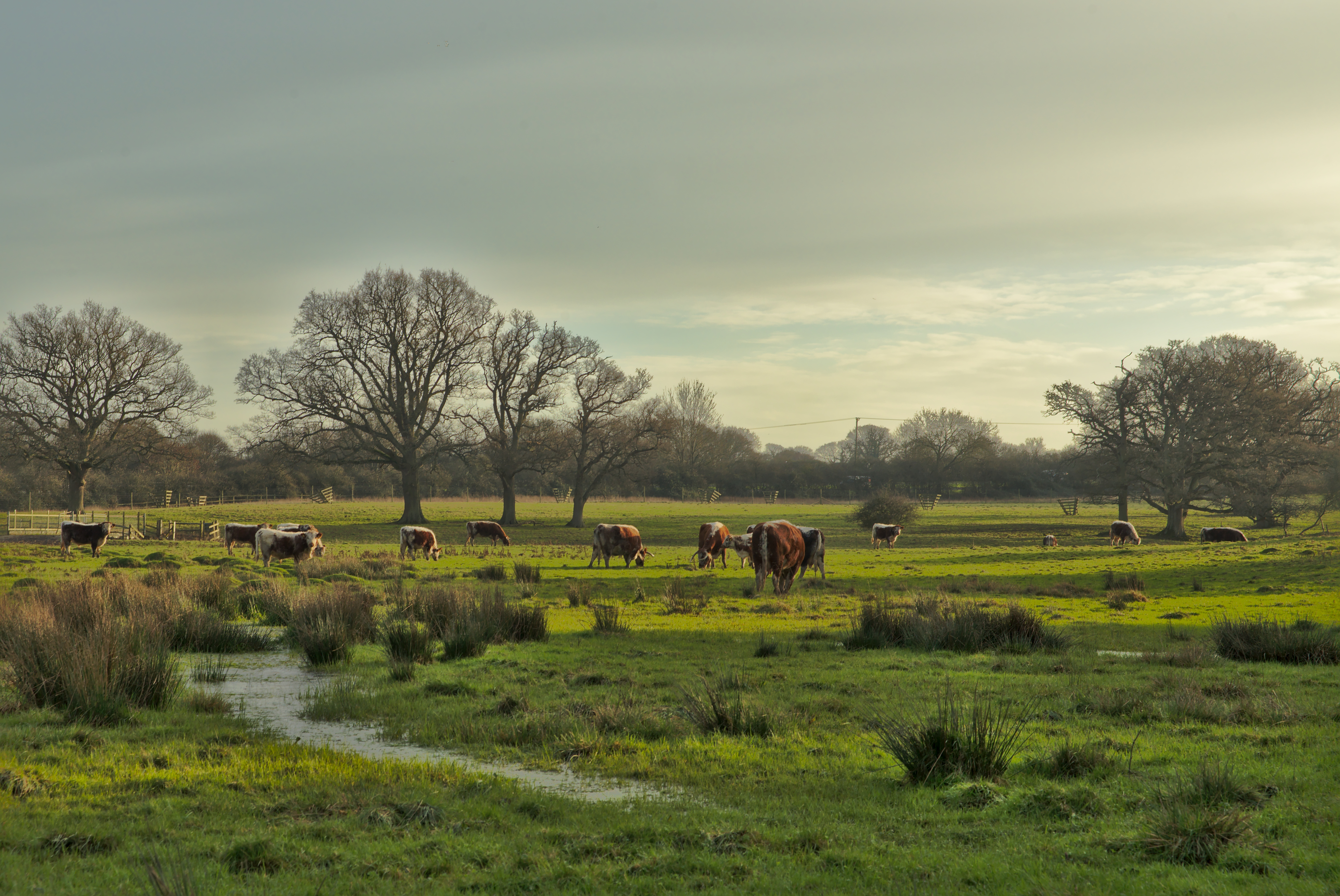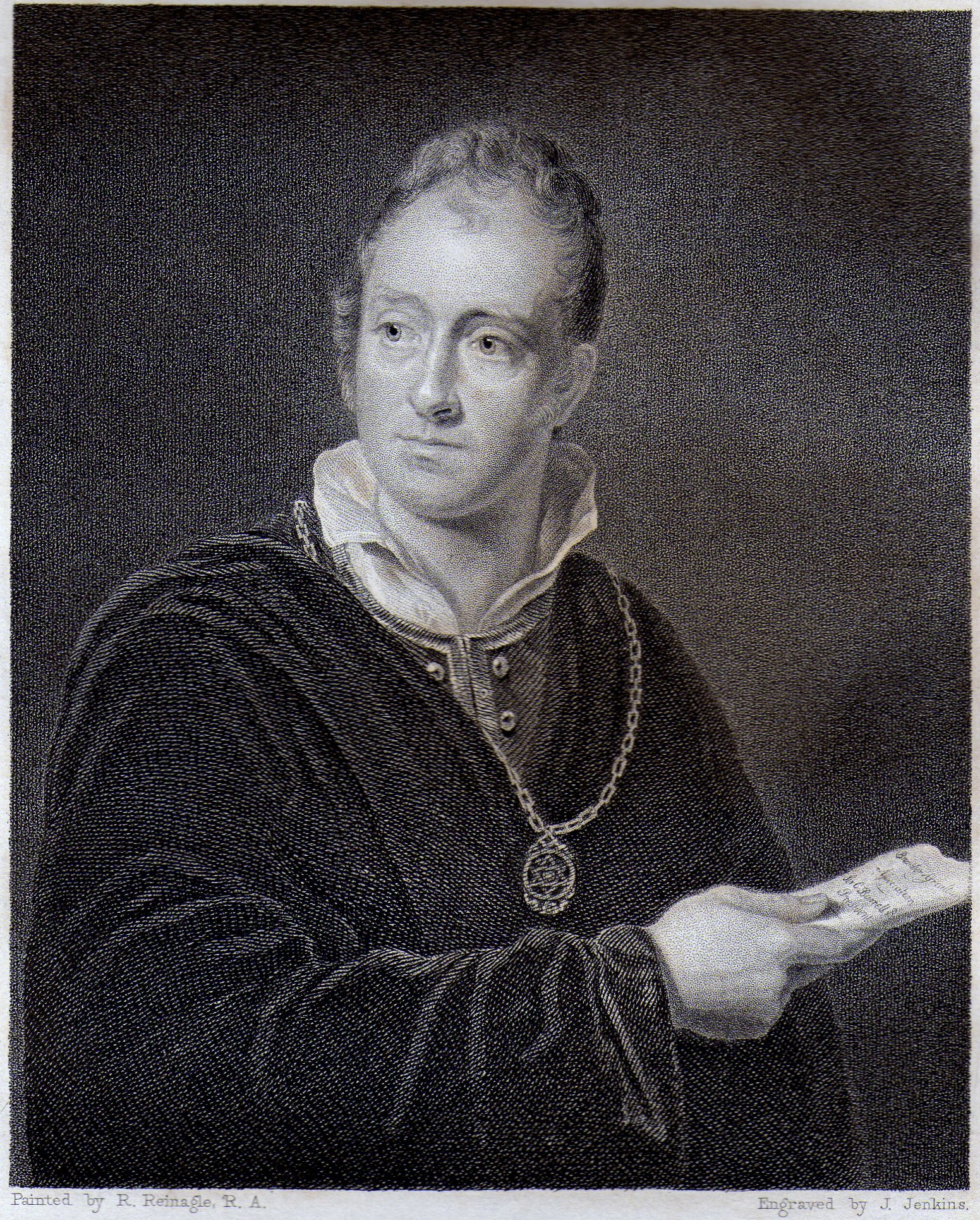|
St Mary's Church, Shipley
The Church of St Mary the Virgin is an Anglicanism, Anglican church in the village of Shipley, West Sussex, Shipley, in West Sussex, England. It is in the Diocese of Chichester. Built in the mid 12th century by the Knights Templar, it is a Grade I listed building. Early history There was a church here by around 1080, but no details are known. Philip de Harcourt, Dean of Lincoln, granted the church about 1139 to the Knights Templar; it was one of their earliest endowments in England. The present building, one of the earliest Templar buildings in England, dates from about this time.A P Baggs, C R J Currie, C R Elri ... [...More Info...] [...Related Items...] OR: [Wikipedia] [Google] [Baidu] |
Shipley, West Sussex
Shipley is a village and civil parish in the Horsham District of West Sussex, England. It lies just off the A272 road north-east of Storrington. The parish includes the village of Coolham and the hamlets of Dragon's Green, Brooks Green and Broomer's Corner. History Shipley is first mentioned in a charter of 1073 as ''Scapeleia'', and in the Domesday Book of 1086 as ''Sepelei''. The name derives from the Old English ''scēap'' ('sheep') and ''lēah'' ('open ground, such as meadow, pasture, or arable land'). Thus it means 'sheep-clearing' or 'sheep-pasture'. Shipley was home to Hilaire Belloc who in 1906 purchased Kings Land, with a house, and Shipley Windmill, which was used in the television series ''Jonathan Creek'' as Creek's residence. Geography The western River Adur flows through the village, where it meets a significant tributary, Lancing Brook. The parish has a land area of . Knepp Wildland is a rewilding project in the parish. Demography In the 2001 ... [...More Info...] [...Related Items...] OR: [Wikipedia] [Google] [Baidu] |
Caen Stone
Caen stone () is a light creamy-yellow Jurassic limestone quarried in north-western France near the city of Caen. The limestone is a fine grained oolitic limestone formed in shallow water lagoons in the Bathonian Age about 167 million years ago. The stone is homogeneous, and therefore suitable for carving. Use in building The stone was first used for building in the Gallo-Roman period with production from open cast quarries restarting in the 11th century. In England, Canterbury Cathedral, Westminster Abbey and the Tower of London were all partially built from imported Caen stone. Underground mining developed in the 19th century, but the stone trade declined in the 20th century, eventually ceasing in the 1960s. Excavation restarted in the 1980s with the stone being used for building the Caen Memorial. A 2004 decree by Caen city council authorised the annual quarrying of 9000 tonnes of stone. Notable examples *Caen stone was used in the construction of the late 11th-century ... [...More Info...] [...Related Items...] OR: [Wikipedia] [Google] [Baidu] |
Church Of England Church Buildings In West Sussex
Church may refer to: Religion * Church (building), a place/building for Christian religious activities and praying * Church (congregation), a local congregation of a Christian denomination * Church service, a formalized period of Christian communal worship * Christian denomination, a Christian organization with distinct doctrine and practice * Christian Church, either the collective body of all Christian believers, or early Christianity Places United Kingdom * Church, a former electoral ward of Kensington and Chelsea London Borough Council that existed from 1964 to 2002 * Church (Liverpool ward), a Liverpool City Council ward * Church (Reading ward), a Reading Borough Council ward * Church (Sefton ward), a Metropolitan Borough of Sefton ward * Church, Lancashire, England United States * Church, Iowa, an unincorporated community * Church Lake, a lake in Minnesota * Church, Michigan, ghost town Arts, entertainment, and media * ''Church magazine'', a pastoral theology magazine ... [...More Info...] [...Related Items...] OR: [Wikipedia] [Google] [Baidu] |
Grade I Listed Churches In West Sussex
Grade most commonly refers to: * Grading in education, a measurement of a student's performance by educational assessment (e.g. A, pass, etc.) * A designation for students, classes and curricula indicating the number of the year a student has reached in a given educational stage (e.g. first grade, second grade, K–12, etc.) * Grade (slope), the steepness of a slope * Graded voting Grade or grading may also refer to: Music * Grade (music), a formally assessed level of profiency in a musical instrument * Grade (band), punk rock band * Grades (producer), British electronic dance music producer and DJ Science and technology Biology and medicine * Grading (tumors), a measure of the aggressiveness of a tumor in medicine * The Grading of Recommendations Assessment, Development and Evaluation (GRADE) approach * Evolutionary grade, a paraphyletic group of organisms Geology * Graded bedding, a description of the variation in grain size through a bed in a sedimentary rock * Metamorphic ... [...More Info...] [...Related Items...] OR: [Wikipedia] [Google] [Baidu] |
List Of Places Of Worship In Horsham District
There are more than 110 current and former churches and other places of worship in the Horsham District, district of Horsham, one of seven Districts of England, local government districts in the English county of West Sussex. The town of Horsham, the district's administrative centre, has 88 places of worship in use as of , and a further 28 closed churches and other former religious buildings which, although still standing, are no longer in religious use. The area has a long history of Christian worship, in both the main population centres (Horsham, Billingshurst, Henfield, Pulborough, Steyning and Storrington) and the surrounding villages and Hamlet (place), hamlets. Many Anglicanism, Anglican churches are of Anglo-Saxon architecture, Anglo-Saxon or Norman architecture, Norman architecture. Catholic Church, Roman Catholic places of worship include chapels within convents and priories, including England's only Carthusian monastery, as well as modern churches. Nonconformist (Prot ... [...More Info...] [...Related Items...] OR: [Wikipedia] [Google] [Baidu] |
Grade I Listed Buildings In West Sussex
The Counties of England, county of West Sussex in South East England has 176 Grade I listed buildings. Such buildings are described by English Heritage, the authority responsible for their designation, as "of exceptional interest [and] sometimes considered to be internationally important". Grade I is the highest of the three grades of Listed building, listed status in England: about 2.5% (or 9,300) of the country's 374,000 listed buildings have this designation. West Sussex and its buildings West Sussex, a Metropolitan and non-metropolitan counties of England#Non-metropolitan counties, non-metropolitan county, is divided for administrative purposes into seven Districts of England, local government districts, as marked on the map: # Worthing # Arun District, Arun # Chichester (district), Chichester # Horsham (district), Horsham # Crawley # Mid Sussex District, Mid Sussex # Adur (district), Adur Listed buildings in England In England, a building or structure is defined as "list ... [...More Info...] [...Related Items...] OR: [Wikipedia] [Google] [Baidu] |
Anny Ahlers
Anny Ahlers (21 December 1907 – 14 March 1933) was a German actress and singer. She was born in Hamburg. Career She was born to Wilhelm Ahlers and his wife Augusta Victoria (Lieberg). Her father was an Army officer and her maternal grandmother was English. Ahlers began her career at the age of four, appearing as a dancer in circus acts. At seven she studied at the Operatic School of Dancing in Hamburg. Her breakthrough role was in the operetta '' Casanova'', composed by Ralph Benatzky. This role established her popularity in Berlin. In December 1931, she appeared with Richard Tauber in an operetta by Erich Wolfgang Korngold at the Admiralspalast in Berlin. This was called 'Das Lied der Liebe' and was based on the Johann Strauss operetta Das Spitzentuch der Königin. ef: Daniel O'Hara, Richard Tauber: A new Chronology, Saltburn, 2013 This ran until March 1932, after which she went to London, England to appear with Heddle Nash in the operetta '' The Dubarry'' at Her Majesty's T ... [...More Info...] [...Related Items...] OR: [Wikipedia] [Google] [Baidu] |
John Ireland (composer)
John Nicholson Ireland (13 August 187912 June 1962) was an English composer and teacher of music. The majority of his output consists of piano miniatures and of songs with piano. His best-known works include the short instrumental or orchestral work "The Holy Boy", a setting of the poem "Sea-Fever" by John Masefield, a formerly much-played Piano Concerto (John Ireland), Piano Concerto, the hymn tune My Song Is Love Unknown, Love Unknown and the choral motet "Greater Love Hath No Man". Life John Ireland was born in Bowdon, Greater Manchester, Bowdon, near Altrincham, Cheshire, into a family of English and Scottish descent and some cultural distinction. His father, Alexander Ireland (journalist), Alexander Ireland, a publisher and newspaper proprietor, was aged 69 at John's birth. John was the youngest of the five children from Alexander's second marriage (his first wife had died). His mother, Annie Elizabeth Nicholson Ireland, was a biographer and 30 years younger than Alexande ... [...More Info...] [...Related Items...] OR: [Wikipedia] [Google] [Baidu] |
John Edward Carew
John Edward Carew (c. 1782 – 1 December 1868) was a notable Irish sculptor during the 19th century. His most prominent work is ''The Death of Nelson'', one of the four bronze panels on the pedestal of Nelson's Column in Trafalgar Square. Life Thought to be the son of a local stonemason and sculptor, Carew was born in Tramore near Waterford on the southern Irish coast. He studied art in Dublin. Around 1809, he came to London to work for Sir Richard Westmacott. For part of the time which he worked with Westmacott he also had his own studio in the Edgware Road. In 1831 he moved to a studio in Brighton, to be nearer Petworth House, home of George Wyndham, 3rd Earl of Egremont who was his main patron from the mid-1820s until the earl's death in 1837. Carew later moved to Grove House near Petworth. When Lord Egremont died leaving no provision for him in his will, the sculptor sued the Earl's executors for £50,000. Ten thousand pounds of this was for "loss of time in the at ... [...More Info...] [...Related Items...] OR: [Wikipedia] [Google] [Baidu] |
Sir Charles Burrell, 3rd Baronet
Sir Charles Merrik Burrell, 3rd Baronet (24 May 1774 – 4 January 1862), was an English Conservative politician, who represented the seat of New Shoreham for fifty-six years, becoming Father of the House of Commons. Burrell was born at Golden Square, London, the son of Sir William Burrell, 2nd Baronet, and his wife Sophia Raymond. He succeeded to the title of Baronet Raymond of Valentine House on 20 January 1796. In 1806 he was elected as MP for New Shoreham and he held the seat until his death in 1862. Burrell built a country mansion near Knepp Castle, known by the same name, near West Grinstead, and purchased an estate at Boulton. He owned a house in Richmond Terrace, London, which was the subject of a court case in 1833 in which he argued that because the house was on the site of the former Palace of Whitehall, it was not liable to the poor rate of St. Margaret's, Westminster. Burrell married Frances Wyndham, the illegitimate daughter of George Wyndham, 3rd Earl of Egre ... [...More Info...] [...Related Items...] OR: [Wikipedia] [Google] [Baidu] |
Nave
The nave () is the central part of a church, stretching from the (normally western) main entrance or rear wall, to the transepts, or in a church without transepts, to the chancel. When a church contains side aisles, as in a basilica-type building, the strict definition of the term "nave" is restricted to the central aisle. In a broader, more colloquial sense, the nave includes all areas available for the lay worshippers, including the side-aisles and transepts.Cram, Ralph Adams Nave The Catholic Encyclopedia. Vol. 10. New York: Robert Appleton Company, 1911. Accessed 13 July 2018 Either way, the nave is distinct from the area reserved for the choir and clergy. Description The nave extends from the entry—which may have a separate vestibule (the narthex)—to the chancel and may be flanked by lower side-aisles separated from the nave by an arcade. If the aisles are high and of a width comparable to the central nave, the structure is sometimes said to have three nave ... [...More Info...] [...Related Items...] OR: [Wikipedia] [Google] [Baidu] |





